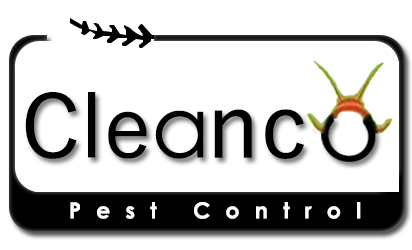A CLEANCO management technician, you will a need to work with pesticides on a regular basis. Working with any chemical can present potential hazards to my technicians, airport customers and the environment if these materials are not handled and used properly. It is our duty as a company to train my technicians in the proper use and handling of pesticides and potential hazards associated with such materials. It is also your right to be informed of potential hazards in your work place. Therefore, the Hazard Communication program has been developed for this purpose.

Hazard Communication
Hazard awareness is a basic part of our safety and health program. In safeguarding the health and safety of all our employees and our customers, the “Hazard Communication” program has been adopted by our company. This program is aimed at providing you with the information necessary to perform your job safely while working with hazardous substance.
It is our policy to provide you with hazard information, to provide a safe work practices needed to perform your specific job function. As an employee of No Bugs, you have the responsibility to learn and follow sensible and established procedures which will protect your health and wellbeing. It is important that you pay attention to warning statements of labels on pesticide containers and adhere to the procedures that have been developed for your specific job function.
Material Safety Data Sheets for pesticides and other materials that we utilize in our pest control operational are available at head office in a designated location.
The branch manager will provide you with the basic information needed to protect yourself and our customer while working with pesticides in your working environmental.



CONTENTS OF THE MSDS
Section I: Identification of Product
This section includes the manufacturer’s name and address, the trade name and synonyms for the product, the chemical name and synonyms, the chemical family, and emergency telephone numbers.
Section II Hazardous Ingredients of Mixtures
This section is of value to medical professionals who may have to treat pesticide poisoning. This section shows components of the pesticide, active ingredients, some inert ingredients, threshold limit values.
Section III Physical Data
The physical data section has information that includes appearance and odor, and chemical constants.
Section IV Fire and Explosion Hazard Data
This section is of value to some emergency response personnel, including fire departments, medical, and police. It includes data and unusual fire and explosion hazards
Section V Personal Protection Information
This section indicates what protective equipment is needed when handling or using the product. It may specify particular types of equipment to be used, such as the type of respirator.
Section VI: Storage and Special Handling Information
The proper procedure for storing and disposing of the product are discussed in this section. The Maxforce MSDS states that Maxforce insecticides containers should be stored upright and in a cool dry and well ventilated area.
Section VII: Spill or Leak Procedures
Section VIII: Fire and Explosion Hazard Information
Section IX: Physical Data
Section X: Reactivity Information
This section contains information on stability, incompatible materials (materials to avoid), and hazardous decomposition products. Emergency response and medical personnel may find useful information in this section

